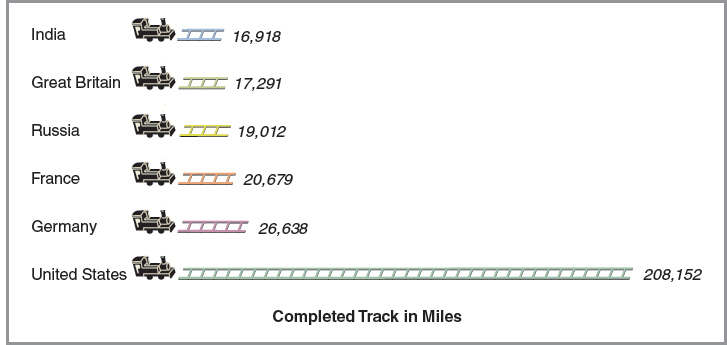

FIGURE 18.1 Railroad Track Mileage, 1890
By 1850, the railway network in Great Britain was already well established, and most of the main lines in Germany had been built. France was slower to invest in railroads, but during the period 1850 to 1860, the government invested heavily in laying track, and the French soon caught up with, and then bypassed, their European neighbors. Russia’s railway development experienced its greatest growth in the late nineteenth century. This growth was driven by the country’s need to access its newly developing industrial regions and the vast natural resources of its far-flung territories in Asia. Like Russia, most of India’s railroad growth occurred late in the century. This development was financed by the British, who were eager to tap the economic potential of their profitable overseas colony. By 1890, the United States had laid more railroad track than Britain, Germany, France, Russia, and India combined. Most of this growth occurred in the period 1870 to 1890, when railroad mileage in the United States nearly quadrupled. The vast area of the United States and its western territories accounted for some of the disparity between railroad mileage here and in Europe. England, France, and Germany combined contained less land than the states east of the Mississippi River.